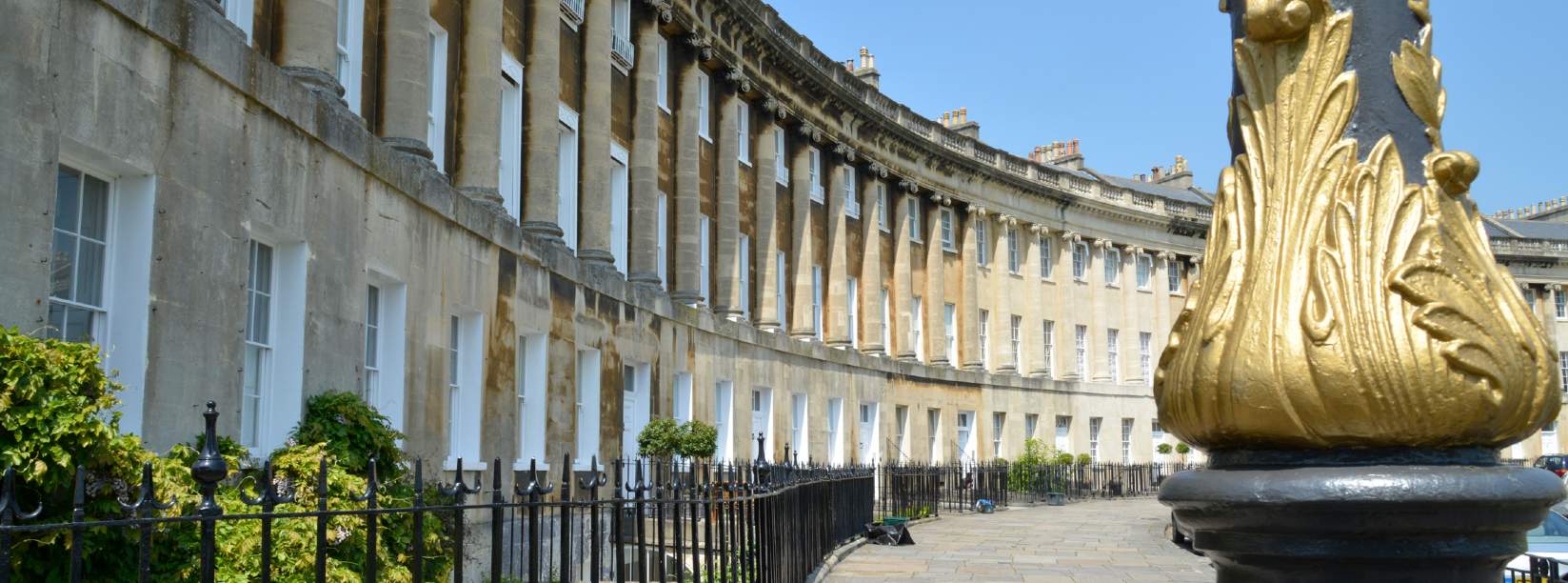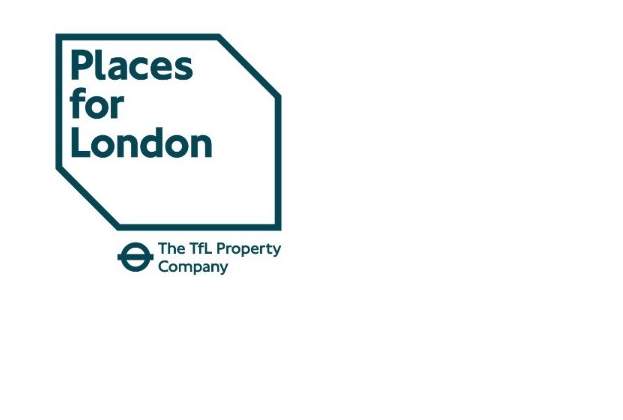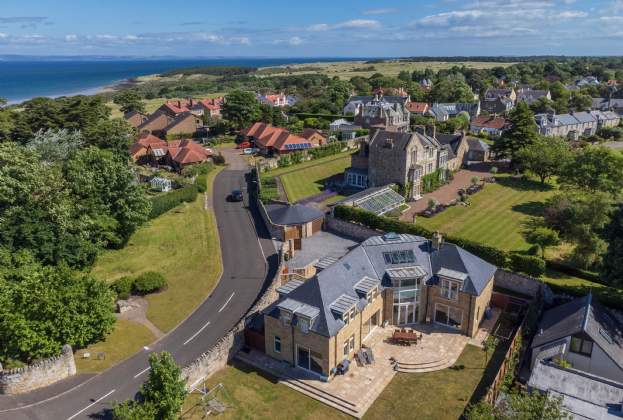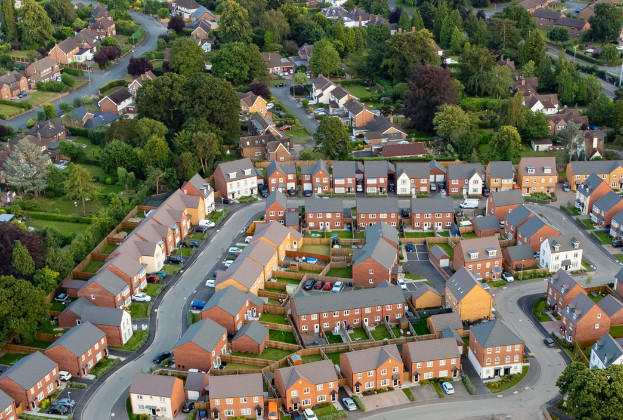We know there are a number of things for which buyers are prepared to pay a premium including access to outside space, outstanding schools and great transport links. But, have you ever considered paying more to live on a ‘royal’ road?
In the run-up to the coronation, we’ve analysed house sales in streets with royal-themed names, and found that buyers purchasing a home with an address which includes the word ‘royal’ are paying a significant 24 per cent more than the average UK house price (£332,000).
Addresses which include the word ‘king’ (£354,922) and ‘crown’ (£338,524) also demand premiums.
The most expensive road with a regal connection is ‘Kings Warren’ on The Crown Estate in Elmbridge, where homes changing hands over the past 20 years have commanded a £2,781,756 average price tag, while second place in the regions goes to ‘Coronation Road’ located in Ascot, Bracknell Forest (£1,773,082).
In London, the most expensive road with a regal connection is ‘Royal Avenue’, a garden square located off the King’s Road in Kensington and Chelsea – where homes cost on average £2,773,151.
Regionally, just three of the top 10 most expensive streets with royal connections outside of London are located in the Royal Borough of Windsor and Maidenhead, home of Windsor Castle, whereas in London four of the 10 most expensive streets with a royal connection are located in Westminster, home of Buckingham Palace.
How will house prices fare over the King’s reign?
UK house prices saw a 130-fold increase over the reign of Queen Elizabeth II, or were almost four times higher (365 per cent) than at the start, when taking inflation into account. When the Queen came to the throne in February 1952, the average house price was just under £2,000. This is the equivalent of £56,000 in today’s money.
Today, the pandemic-fuelled ‘mini housing market boom’ has only just put prices back to where they were in Q3 2007 on an inflation-adjusted basis. Now, with inflation reducing household disposable income and interest rates on the rise, we expect the Carolean era to get off to a slower start.
Prime housing markets are expected to see smaller price falls in the short term and a stronger recovery than their mainstream counterparts, due to less reliance on mortgage debt. Prime central London values are expected to fall by just -2 per cent in 2023 and rise by a net 13.5 per cent by the end of 2027. Prime regional markets, which have recorded unprecedented levels of price growth since the early days of the pandemic, are expected to see falls of -6.5 per cent across the course of 2023, but a net gain of 10 per cent on average in the five years to the end of 2027.


.jpg)
.jpg)
.jpg)


(1).jpg)
(1).jpg)

.jpg)